A children’s art competition in Llanidloes celebrated their seasonal visitors with a swift soiree.
The art competition organised by Gwenoliaid Duon Llanidloes Swifts volunteer group involved pupils from Llanidloes Primary and Secondary Schools creating swift artwork to celebrate their feathered lodgers, who are currently nesting in the eaves of buildings across the Powys town.
Gwenoliaid Duon Llanidloes Swifts was set up to support the conservation of swifts after almost 60 per cent of the swift population vanished over the last 25 years.
As more old buildings are renovated and gaps in eaves are closed up, swift nesting spots have declined, linked to a decline in their numbers.
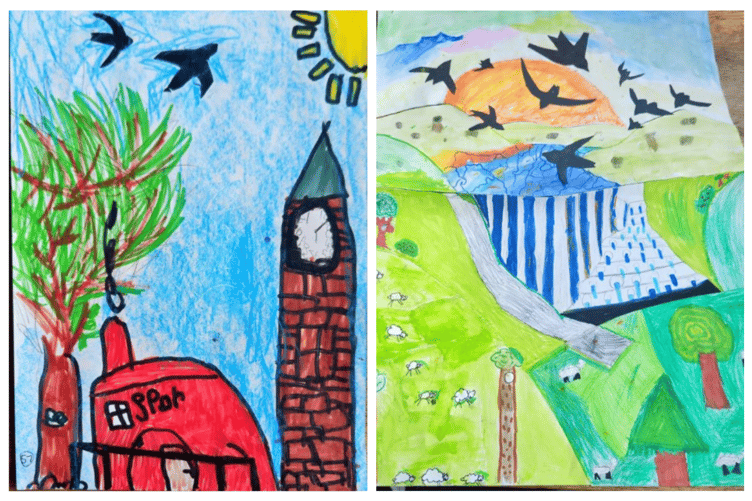
This has caused the tiny bird to be put on the 2021 red list for UK Conservation, the highest conservation priority category.
During Swift Awareness Week nine artworks from various art mediums were chosen out of 150 submissions, awarded art material vouchers for Newtown’s Oriel Davis Gallery shop.
Mayor Jamie Jones announced the winners on 2 July at Compton’s Courtyard, where swifts are currently nesting.
Artist Sandy Craig, one of the judges, said: “The standard and variety of work was impressive, with so many imaginative pieces carried out with skill and enthusiasm.
“It was a real joy to look at all the entries, and how everyone had interpreted the theme.
“It wasn’t an easy job to choose just three prize winners from each category [key stage 1-3], as everyone's artwork has been such a personal response.”
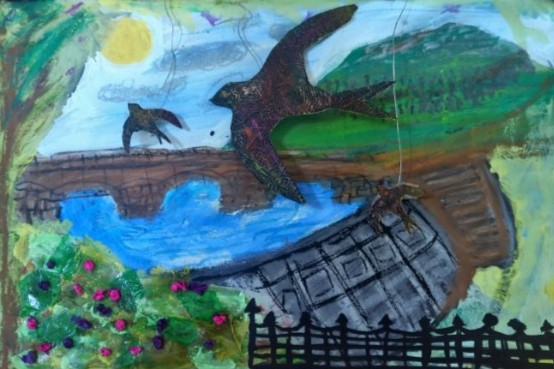
The winners were Lola from key stage 1, Bella, Isla, Dottie, Oscar, Carrie and Ossie from key stage 2, and Heidi from key stage 3.
The winners also received bird books from Great Oak Books.
A talk was hosted on the importance of cultivating habitats for insects, with the far-travelling bird feeding on up to 50,000 grubs a day.
The volunteer group took attendees on a tour of the nests, including spotting nesting chicks.
The group records and monitors the swift population, which nests in the UK for three months each summer before returning to Africa, migrating a whopping 3,400 miles twice a year.
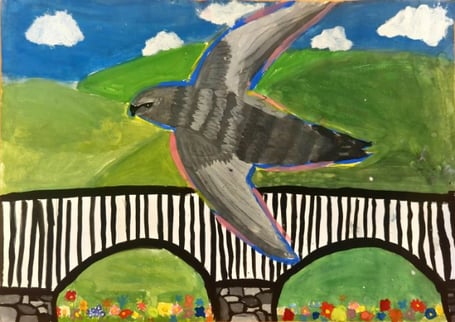

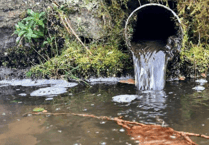
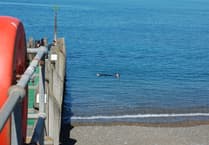
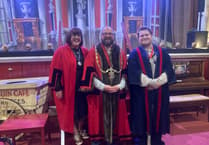
Comments
This article has no comments yet. Be the first to leave a comment.